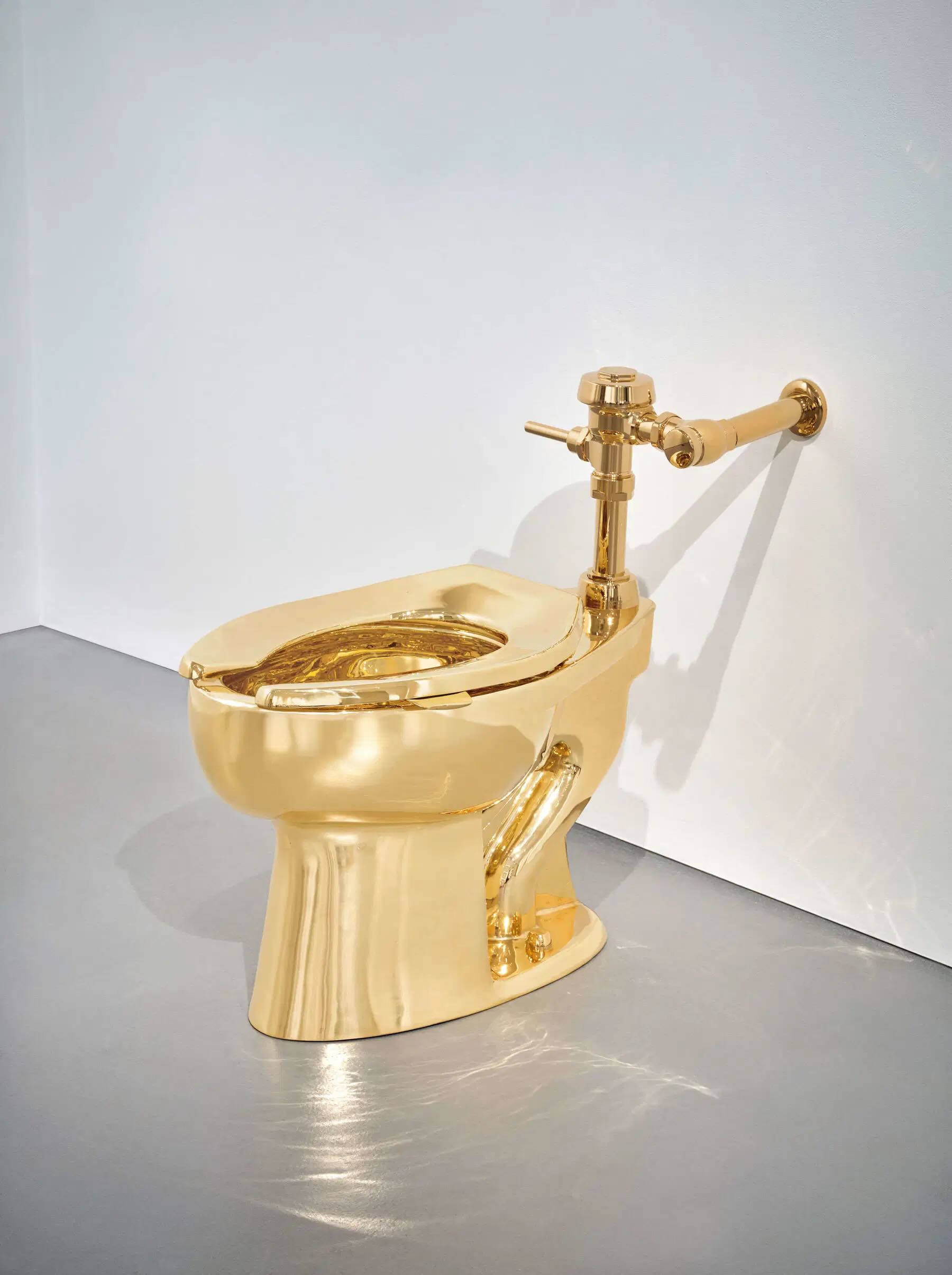Three pieces of architecture, less known to most and designed by Gio Ponti in Venezuela and Iran, represented for their owners the dream house, as they were conceived as a total work of art where architecture, decoration, furnishings and fabrics interacted in a triumph of pure aesthetics. The interiors of these homes keep inspiring interior designers and collectors longing for a sophisticated vintage flavor in their homes. To get a hint of the "Ponti touch", it is sufficient to look at the living rooms and lounge areas of the three villas: large open spaces outlined by sliding doors and movable walls, decorated with equipped panels and custom-made furniture, in a succession of colors, lights and levels that can only be discovered by walking through the spaces. As Ponti used to say, "in Italian houses there is no great distinction between interiors and outdoor. From the inside, the Italian house reaches the outdoors with its porches and terraces, with pergolas and verandas, loggias and balconies, roof terraces and viewpoints, all very comfortable inventions that guarantee a serene living. "


In 1953 in Caracas, Venezuela, collectors Anala and Armando Planchart employed Ponti for the creation of an "avant-garde" house, a building which should house their large collection of Venezuelan abstract painting, as well as nearly two thousands tropical plants. Ponti's project was a hymn to lightness, based on different volumes and a great deal of natural light (the double-height living room overlooking the city is illuminated by gigantic windows). The décor is articulated on the geometric inlays of the colored Italian marble of the floors; among the furnishings, largely custom-designed by Ponti and produced by cabinetmaker Giordano Chiesa, the most surprising is the wall-mounted library, where hunting trophies can be exposed or concealed thanks to revolving panels. Cassina armchairs are covered in silks by Ferrari Milano, and the abstract pattern rugs are produced by Colombi Milano. As far as lighting is concerned, Ponti chose a series of Arredoluce lamps, and filled the house with Bruno Gambone's ceramics, objects by Danese and Murano glass pieces by Venini and Seguso. Today, the villa is the headqurter of the Fundación Anala y Armando Planchart, which organizes cultural events and guided tours in its spaces.

The other total work of art by Ponti in Caracas is a villa that unfortunately no longer exists following demolition. Built in 1956 for the Arreaza family, it was nicknamed by the architect "la Diamantina" (little diamond) for the faceted and colored ceramics which decorated its exterior surfaces. A house with a warm and intimate soul, as Ponti himself defined it, it distinguished itself for its white and blue interiors, a sophisticated color combination particularly loved by Ponti. The blue and white mix was repeated through the spaces without ever being tiring, appearing on the ceramic diagonally striped floor, on the checkered ceiling, in the glass objects by Venini and Seguso and on the Cassina armchairs, designed by Ponti and flanked by old armchairs belonging to his clients, also upholstered with white and blue fabrics. Wall lamps designed by Angelo Lelli illuminated the rooms. Luckily, many of these furnishings have been saved, and periodically appear among the top lots in major international design auctions.

Similar in the use of the white and blue patterns, but characterized by an even more Mediterranean taste dictated by the total white of the marble floors, Villa Nemazee in Theran, Iran, was built by Ponti between 1957 and 1964 for minister Shafi Namazee. Fully reflecting the "joie de vivre", the serenity that Ponti claimed to be the basis on which any modern house should be projected, this building has been at the center of campaigns and petitions that aim to keep it alive. The villa is in fact at risk of demolition, due to a building plan which aims to build a luxury hotel in its place.
The exhibition "Gio Ponti. Amare l'architettura" is on view at MAXXI, Rome, until April 20.






.png)





